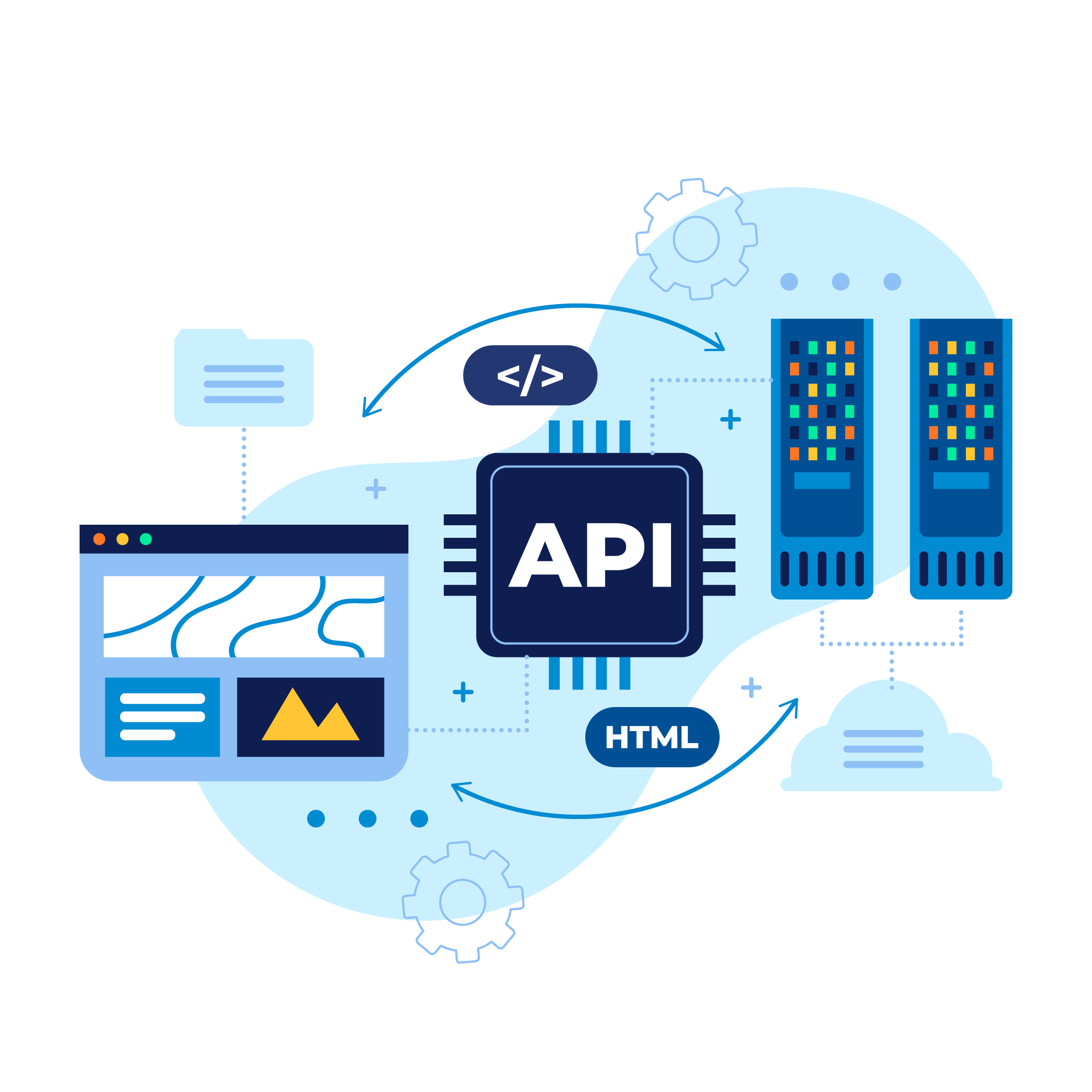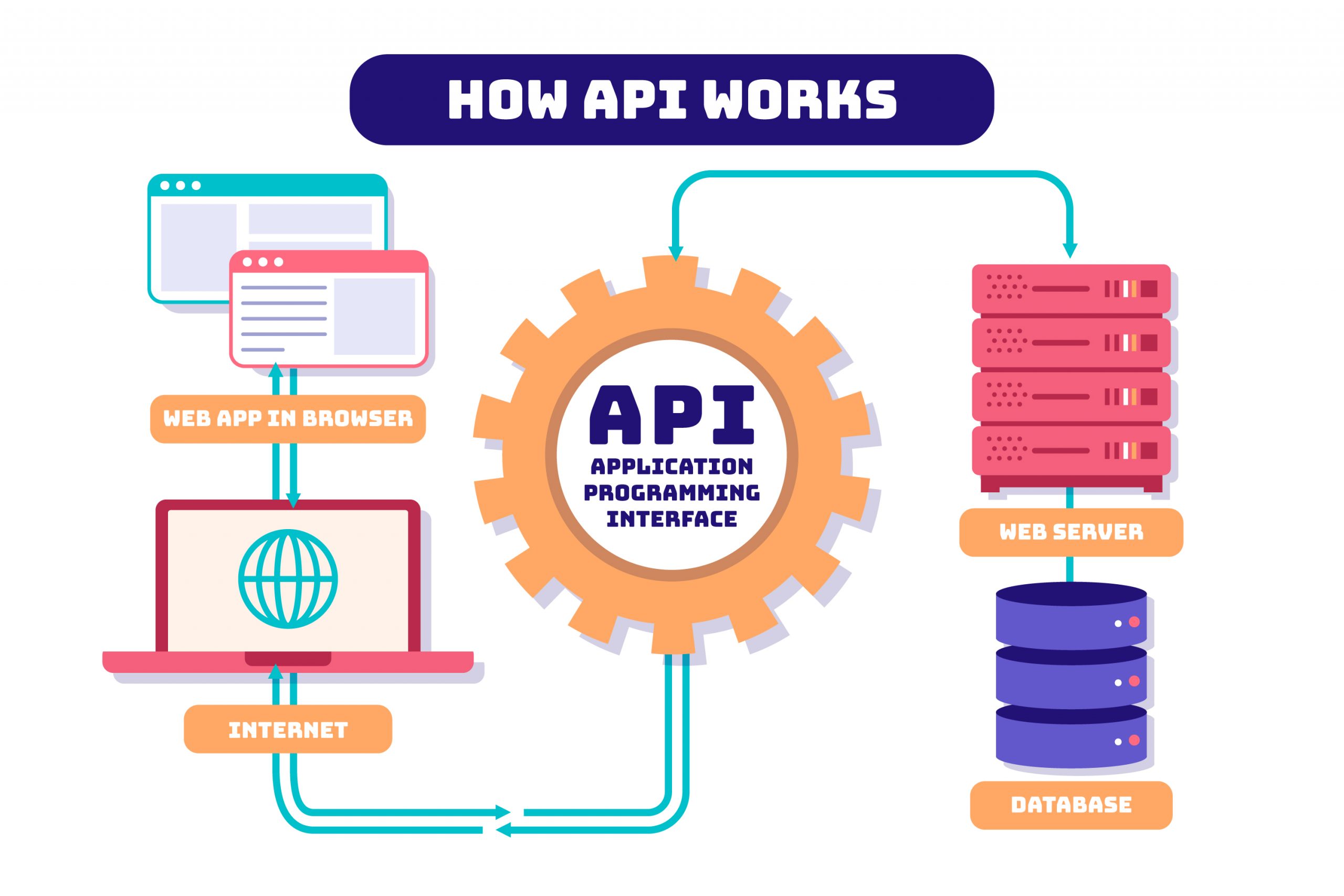Subscribe
Subscribe to EduBridge Blogs
Before you launch your ‘super’ software into the new tech-savvy market, it is very important to explore and test its performance, security, reliability, and functionality. Without meeting these expectations, releasing software or an application for that matter, may not constitute meeting the standards of the market. To help test all such interfaces, a mechanism called API testing has been developed. Let us have an in-depth look into this type of software testing.
WHAT IS API TESTING?
Application program interface (API) testing involves testing an application program interface directly, including its functionality, dependability, performance, and security. The tests are run either as part of the integration testing process or directly on the API. An API is a piece of middleware code that allows two software applications to communicate with one another. The code also describes how an application asks the operating system (OS) or other apps for services. The three layers present in an application are; A data layer, a service layer (the API layer), and a presentation layer (the user interface (UI) layer are common levels of applications.

Types of API testing:
- Runtime and error detection testing: These API tests are intended to assess the API’s real operation and often concentrate on monitoring, execution faults, resource leaks, or error detection.
- Load testing: This sort of API test evaluates how well an API handles a high volume of requests in a short period.
- Security testing: These tests evaluate how an API responds to and defends against cyberattacks.
- Penetration Testing: Penetration tests involve users with limited API expertise attempting to attack the API, allowing testers to analyze the danger vector from the outside.
- Validation testing: Validation tests are performed late in the testing process to evaluate the API’s functionality and performance.
- Fuzz Testing: This form of API test makes a huge number of randomized requests to determine whether your API responds with errors, wrongly processes any of these inputs or crashes.
- Functional testing: These API tests ensure that an API gives the correct response to a given request.
WHY IS API TESTING NECESSARY?
APIs may at times be stormed with unexpected search requests, and in such times, to ensure that the search results are up to the mark, it is very important to test the functionality of the API. Another major advantage of API testing is that it provides many other benefits over other kinds of testing such as UI testing and Unit testing. Let us understand the importance of UI testing by way of an illustration:
Suppose you are surfing for a resort through an online travel booking site. The site will most probably require you to fill in some basic information such as the check-in and check-out dates, the city you want to stay in, the number of rooms, and the number of guests. the function that is going on between you entering your preferences and receiving results in consonance with those preferences is what we call API. The site aggregates information from many different resorts. When you click “search,” the site communicates with the API of each hotel, which returns results for available rooms that suit your requirements.
All of this happens in seconds thanks to an API, which functions as a messenger between programs, databases, and devices. However, regardless of whether an API is free or not, it will never be accepted if it does not perform properly and effectively. APIs are checked before they are used to avoid this.
HOW IS API TESTING DONE?
API testing is a step-by-step procedure undertaken to ensure the smooth functioning of the API. Let us have a glance at how it is done.

- Reviewing the specifications of the API: Reviewing the specifications of the API implies studying its functioning, exploring its objectives, and what one can expect from it.
- Determining the requirements of API testing: you must identify the API’s testing needs as this will necessitate an understanding of the API’s target consumer, its features and functionalities, the application’s workflow, as well as the aspects, priorities, and problems you’re testing for.
- Defining parameters of input: You must define input parameters before executing an API. These parameters provide important information to the API for it to fulfill its job and are thus required for establishing if the API functions as planned.
- Creating negative and positive tests: Positive tests are intended to verify the API’s fundamental functionality using mandatory parameters as well as additional capabilities utilizing optional options. Negative tests are used to see how the API reacts to disallowed actions with valid and invalid user input.
- Selecting a testing tool: Choose an API testing solution that can assist in automating or simplifying the API testing process. When comparing API testing solutions, it’s critical to understand the type of API you’ll be testing, the types of tests you’ll be performing, and your budget.
CONCLUSION
Formulating an API that is free of any errors or one that fulfills the expectations of the developers, users, and the target audience is the main task. To ensure this, one needs to understand in-depth all related concepts and ensure a seamless testing process. With the above guidelines, get to testing APIs, hassle-free!
Recent Blogs
Related Blogs
Accelerate Your Career with Expert Guidance and Guaranteed Job*!
"*" indicates required fields





